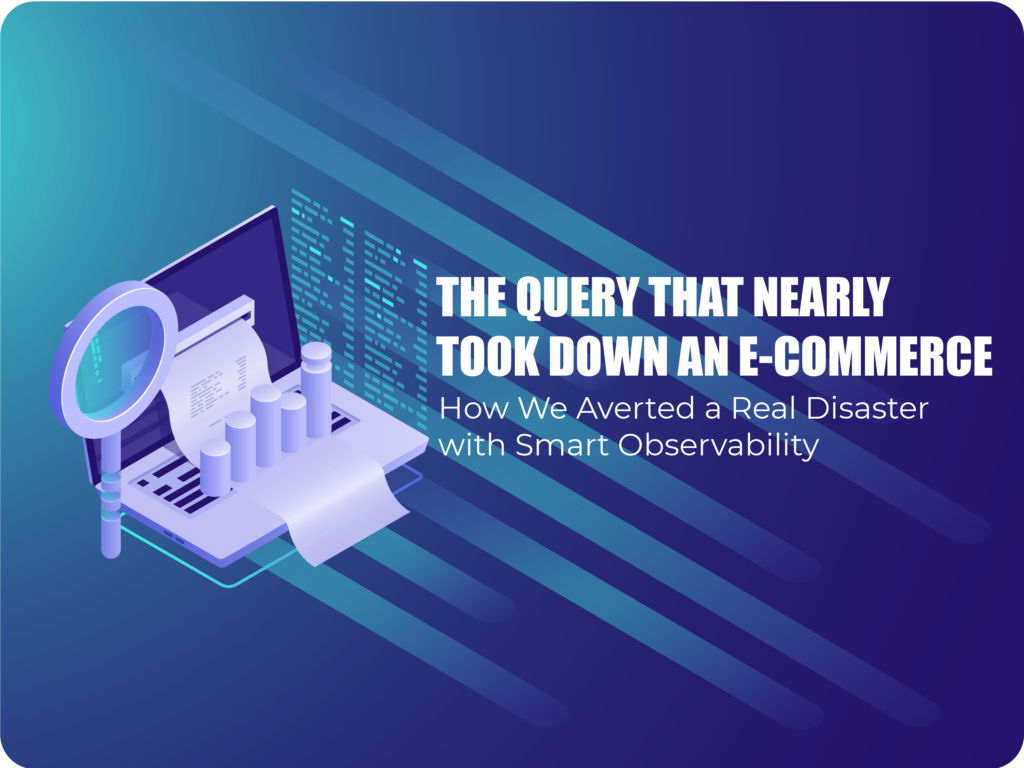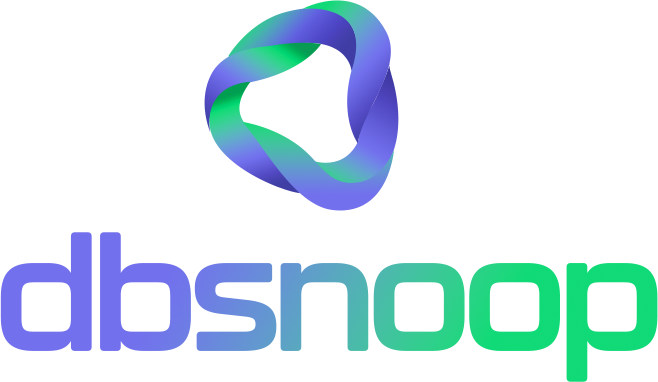

One Black Friday, One Query, and the Brink of Chaos
Imagine this: Friday, 9 PM. Black Friday in full swing. Carts are full, traffic is peaking — and suddenly, everything starts to slow down. The e-commerce’s central database shows high latency. Sessions begin to pile up. Simple queries start taking minutes. What seemed like another successful event turns into a nightmare on the verge of collapse.
That’s exactly what happened to one of our clients — one of the largest niche e-commerces in Brazil. And the reason? A single poorly optimized query that slipped through the deployment pipeline unnoticed.
This article tells the story of how this issue nearly brought the entire system to a halt — and how the team’s intervention, backed by dbsnOOp’s observability platform, turned the game around in real time.
What Was Happening (and Why No One Saw It Sooner)
The Problem: A Poorly Designed SELECT Query Impacting Production
The query in question performed a join across multiple tables with vague filters and no proper indexing. In the staging environment, the dataset was small — the impact, negligible. But in production, with millions of records and extreme load, the effect was devastating.
- Execution Time: from milliseconds to over 40 seconds
- CPU and I/O Usage: extremely high
- Locks: sessions queuing up, blocking other critical transactions
- Timeouts: payment system began to fail
The query was deployed automatically during the night. Without real-time performance monitoring, the problem was only noticed when end users began experiencing slowness — too late for a Black Friday.
The Turning Point: How We Detected and Neutralized the Threat in Minutes
dbsnOOp in action: proactive query-level observability
The turnaround was only possible because the client was using the dbsnOOp platform for database-level observability. In seconds, the team gained access to:
- Real-time analysis of transactional load
- Ranking of the heaviest queries by time, CPU, and wait
- Blocking tree showing session locks
- Alerts for response time anomalies
The query was identified as the top CPU consumer and was blocking multiple sessions related to completing purchases.
The solution was swift: the team performed a controlled session kill, adjusted the execution plan, applied an index, and redeployed the fix within minutes — all with zero additional downtime.

What Did We Learn from This Incident?
1. Deployments without visibility are a game of Russian roulette
Even in well-structured pipelines, high-impact queries can go unnoticed. Performance in staging does not reflect the reality of production — especially in environments with large data volumes.
Practical tip: integrate tools like dbsnOOp into your CI/CD pipeline to assess the real cost of queries before deployment.
2. It’s not just about what runs — it’s about what gets stuck
The problematic query itself wasn’t critical. But it locked other important transactions because of the locks it caused. That’s what brought the system down.
Practical tip: monitor lock time and waiting sessions in depth. Solutions like dbsnOOp show not only who is slow, but who is causing the slowdown.
3. The difference between disaster and control lies in response speed
Without a clear, centralized view, manual problem analysis would take hours. With dbsnOOp, it took less than 5 minutes to detect, isolate, and fix the issue.
Practical tip: invest in observability that goes beyond the surface. Pretty dashboards won’t save a system under attack — deep visibility does.
How to Avoid the Same Mistake in Your Operation
If your stack relies on relational databases with high concurrency, here are some practical recommendations:
- Implement real-time query observability
- Audit every deployment that includes SQL changes
- Configure alerts for increased response times or locks
- Prepare rollback plans for high-impact SQL
- Educate development teams on performance and transactions
And most importantly: test your queries with volumes and loads similar to production. Real data reveals real costs.
When Scalability Hides Fragility
Many teams rely on their cloud infrastructure or distributed architecture to absorb any load increase — but this case proves otherwise. Scalability without visibility is a silent risk: the more elastic the infrastructure, the harder it is to detect bottlenecks originating at the query or transaction level. The query that nearly took down the e-commerce didn’t cause application errors, didn’t generate visible logs, nor triggered conventional alarms. It simply consumed everything it could, silently. That’s why true observability starts at the SQL level and extends all the way to the end-user experience.
The Invisible Impact on User Experience
A point often overlooked is the cascading effect a poorly optimized query can have beyond the technical environment. In the e-commerce case, load times increased by critical seconds, carts expired, and users abandoned their purchase journeys without even realizing the problem was in the database. This kind of failure impacts strategic KPIs like conversion, NPS, and revenue — yet doesn’t show up on frontend dashboards. Only those with deep visibility into the data layer can correlate the technical cause with the business pain. This is one of the biggest differentiators of a platform like dbsnOOp: it connects what happens in the database directly to the impact on your customer.
You Can’t Predict Everything, But You Can Prepare
Incidents like this e-commerce case show how central database performance is to the success (or failure) of a digital operation. A single query can be the difference between record-breaking sales or losses.
The good news? With the right observability approach — and a solution like dbsnOOp by your side — it’s possible to detect, respond to, and even prevent these risks intelligently.
Want to solve this challenge smartly?
Schedule a meeting with our specialist or watch a live demonstration!
Visit our YouTube channel to learn about the platform and watch tutorials.
Schedule a demo here.
Learn more about Flightdeck!
Learn about database monitoring with advanced tools here.

Suggested articles:

